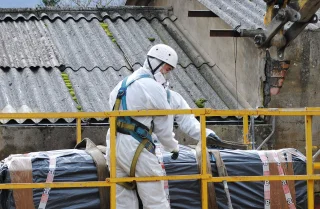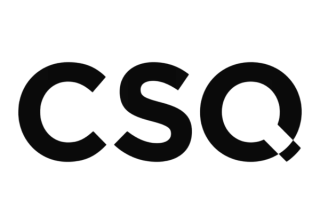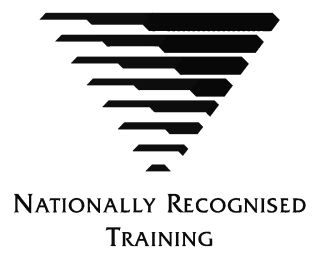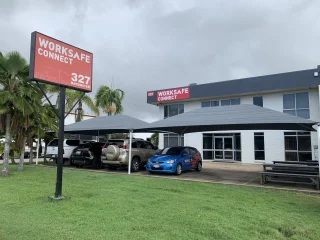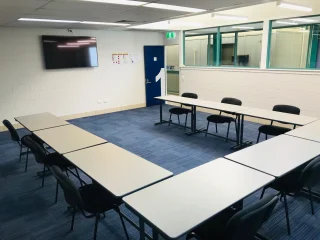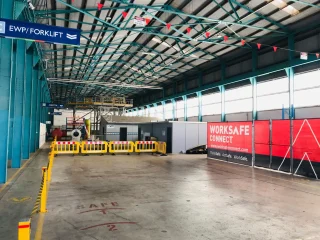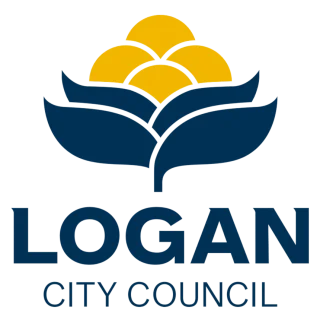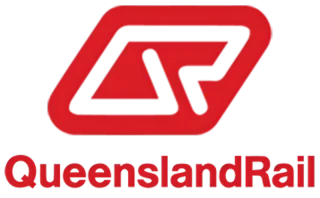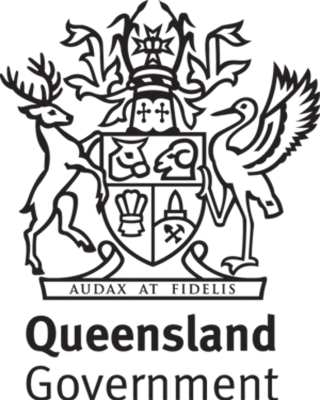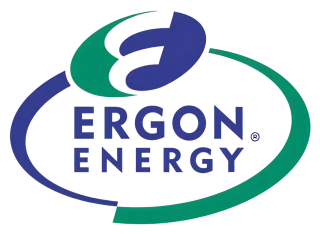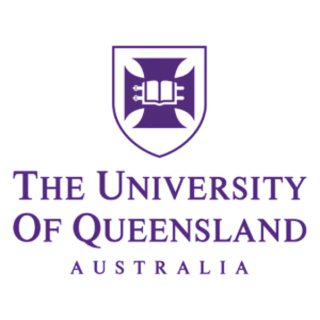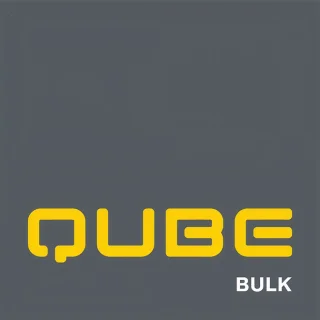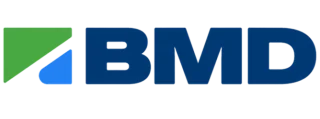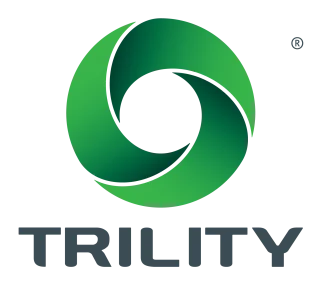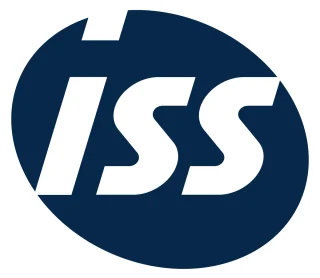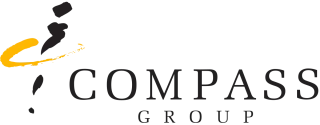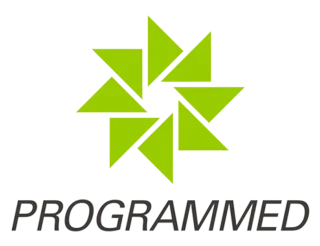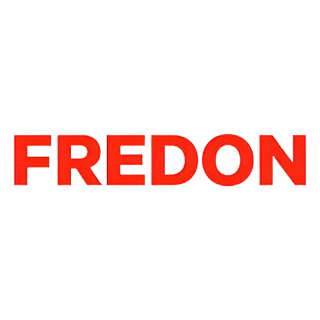About the Course
Remove Non-Friable Asbestos (CPCCDE3014)
Remove Non - Friable Asbestos is the training accreditation required to remove bonded asbestos containing material.
WorkSafe Connect has been delivering leading workplace health and safety focused programs for over 15 years and is one of Queensland’s leading suppliers of asbestos related training. Our 1-day course is designed to provide students with the skills and knowledge to safely remove non-friable asbestos containing material (ACM).
The program is made up of the following nationally accredited unit of competency:
- CPCCDE3014 – Remove Non-Friable Asbestos
In order to complete the Remove Friable Asbestos training, there is a prerequisite requirement and students must provide either their previous Statement of Attainment or USI Transcript for:
- CPCCWHS1001 or CPCWHS1001 – Prepare to Work Safely in the Construction Industry
Please note that in line with Australian Skills Quality Authority guidance, we cannot accept White or Blue Cards as evidence.
Who Should Attend
This course is for workers involved, or intending to be involved, in the removal of non-friable (bonded) asbestos. It is particularly relevant to construction and demolition workers, renovation and maintenance staff, tradespeople likely to disturb bonded asbestos, supervisors, contractors, and businesses requiring compliance with asbestos removal regulations.
Note: This course is a mandatory requirement under the Work Health and Safety Regulation 2011 (Qld) for anyone removing more than 10m² of non-friable asbestos. Businesses must also hold the appropriate Class B Asbestos Removal Licence.
CSQ Funding
You may be eligible to receive CSQ funding for this course if you if you are primarily & substantially working in the Northern building and construction industry.
If eligible:
- CSQ pays: $250.00
- You pay: $25.00 (Admin Fee)
For further details, please click here or get in touch with us.
Course Description
Key areas covered by this course include:
- Prepare for asbestos removal
- Prepare asbestos removal area and removal site
- Isolate removal site
- Carry out asbestos removal process
- Carry out decontamination process
- Clean up work site
- Contribute to and use documentation in line with regulatory
Course Delivery Options
Training will be conducted by one of our experienced trainer assessors who have industry currency, strong knowledge of relevant legislation, regulations and industry standards.
Practical and theoretical activities drive the training experience to ensure that the training is engaging, interesting and relevant.
WorkSafe Connect offers this course:
- Face to Face – Public Courses (Brisbane and Townsville)
- Face to Face – Onsite (at your site / workplace)
If you would like to discuss delivery options in more detail, then please get in contact with us.
Accreditation
To complete the course, students must successfully complete all assessments which are aligned with the national unit of competency.
All assessments are completed during the course – no assessment activities need to be completed prior to or post the training course.
Upon successful completion of the course requirements, students will receive a nationally recognised Statement of Attainment for the following unit of competency:
- CPCCDE3014 – Remove Non-Friable Asbestos
If you have any questions, please get in touch with a member of the WorkSafe Connect team today.
Certificate delivery:
- Courses at our facilities: Certificates are issued on the day, with digital copies emailed to participants and employers (if applicable) the following business day.
- Courses at client sites: Certificates are issued within 7 business days, with digital copies emailed to participants and employers.
Course Entry Requirements
If any additional learning support is required (e.g. with language, literacy or numeracy), please notify our Operations team prior to the course or speak with your trainer on the day —we’re here to help.
What to Bring
- Your USI (Unique Student Identifier) – click here for more info
- Comfortable, practical clothing is recommended (long pants or shorts and a sleeved shirt or t-shirt).
- No PPE/high-vis required
- Closed-in shoes
- All course materials are provided
Amenities at our Brisbane and Townsville Facilities
- Parking available on-site or nearby
- Complimentary tea, coffee, biscuits, and mints
- Fridge and microwave available for use
- Cafés and food options located nearby for breaks
